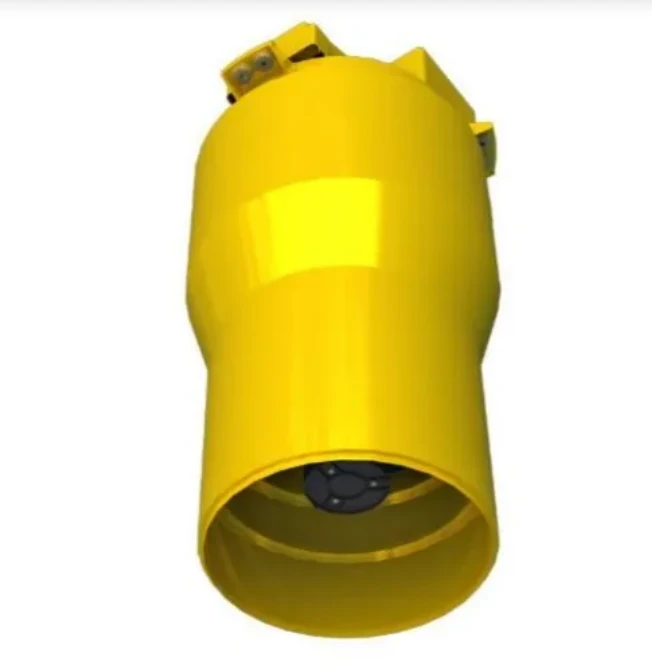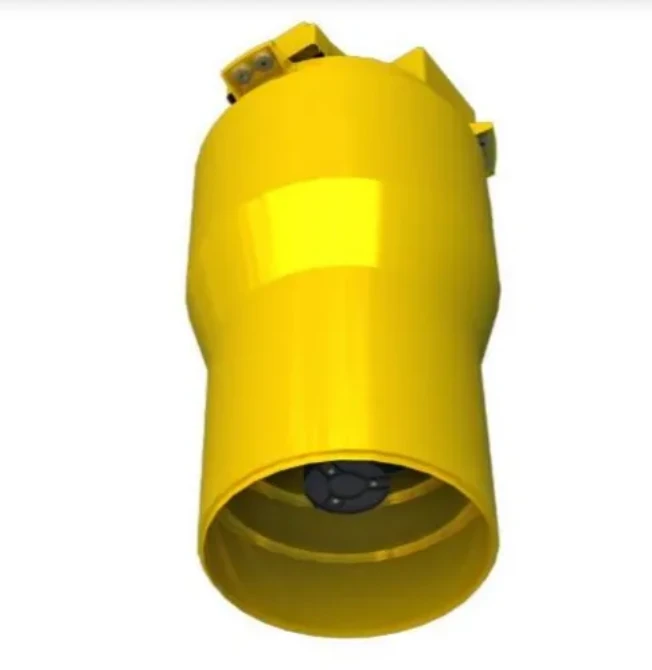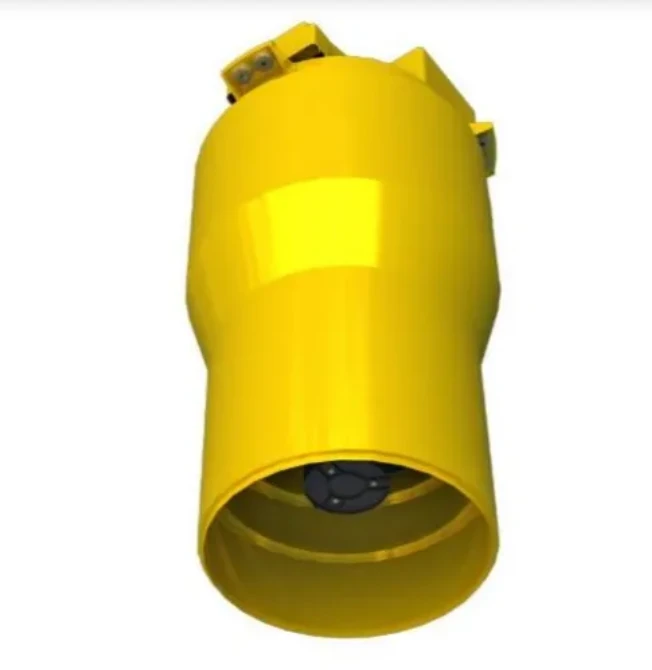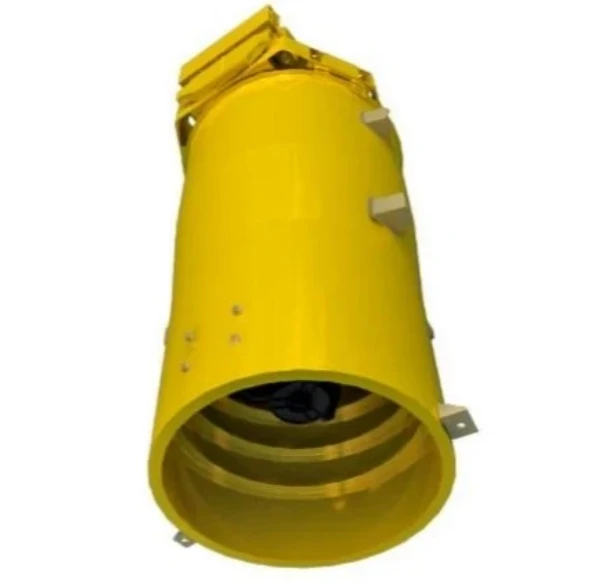
- Afrikaans
- Albanian
- Amharic
- Arabic
- Armenian
- Azerbaijani
- Basque
- Belarusian
- Bengali
- Bosnian
- Bulgarian
- Catalan
- Cebuano
- China
- Corsican
- Croatian
- Czech
- Danish
- Dutch
- English
- Esperanto
- Estonian
- Finnish
- French
- Frisian
- Galician
- Georgian
- German
- Greek
- Gujarati
- Haitian Creole
- hausa
- hawaiian
- Hebrew
- Hindi
- Miao
- Hungarian
- Icelandic
- igbo
- Indonesian
- irish
- Italian
- Japanese
- Javanese
- Kannada
- kazakh
- Khmer
- Rwandese
- Korean
- Kurdish
- Kyrgyz
- Lao
- Latin
- Latvian
- Lithuanian
- Luxembourgish
- Macedonian
- Malgashi
- Malay
- Malayalam
- Maltese
- Maori
- Marathi
- Mongolian
- Myanmar
- Nepali
- Norwegian
- Norwegian
- Occitan
- Pashto
- Persian
- Polish
- Portuguese
- Punjabi
- Romanian
- Russian
- Samoan
- Scottish Gaelic
- Serbian
- Sesotho
- Shona
- Sindhi
- Sinhala
- Slovak
- Slovenian
- Somali
- Spanish
- Sundanese
- Swahili
- Swedish
- Tagalog
- Tajik
- Tamil
- Tatar
- Telugu
- Thai
- Turkish
- Turkmen
- Ukrainian
- Urdu
- Uighur
- Uzbek
- Vietnamese
- Welsh
- Bantu
- Yiddish
- Yoruba
- Zulu
What Defines the Excellence of Microstrip Antennas in Modern Communication Systems?
In the fast - evolving landscape of wireless technology, microstrip antennas have emerged as pivotal components, offering a blend of efficiency, compactness, and design flexibility. The microstrip Yagi Uda antenna, millimeter wave microstrip patch antenna for 5G mobile communication, monopole microstrip antenna, multiband microstrip antenna, and multiband microstrip patch antenna represent distinct innovations within this category, each tailored to meet specific operational demands across diverse applications.
The Directional Prowess of Microstrip Yagi Uda Antenna
In the realm of directional wireless solutions, the microstrip Yagi Uda antenna stands out for its ability to focus radiation in a specific direction, making it ideal for point - to - point communication systems. Comprising a driven element and parasitic directors/reflectors integrated on a microstrip substrate, this antenna offers high gain and front - to - back ratio in a compact form. For instance, in satellite communications or long - range wireless links, the microstrip Yagi Uda antenna efficiently transmits and receives signals with minimal interference, leveraging its precise radiation pattern to enhance signal quality over extended distances. Its planar structure also facilitates easy integration with printed circuit boards, making it a preferred choice in space - constrained environments.
Enabling 5G Advancements with Millimeter Wave Microstrip Patch Antenna
The millimeter wave microstrip patch antenna for 5G mobile communication plays a critical role in harnessing the high - frequency spectrum required for 5G networks. Operating in the 24 GHz to 100 GHz range, these antennas are designed to handle the short wavelengths and high data rates characteristic of millimeter wave signals. The microstrip patch structure, with its thin dielectric substrate and metallic patch, allows for efficient impedance matching and radiation at these frequencies. In urban 5G deployments, millimeter wave microstrip patch antennas are often integrated into small cells or base stations, providing dense coverage and enabling ultra - fast data transfer for applications like autonomous vehicles and high - definition video streaming. Their low profile and ease of fabrication contribute to seamless integration into 5G infrastructure.
Simplicity and Versatility of Monopole Microstrip Antenna
The monopole microstrip antenna is celebrated for its simplicity and wide - ranging applicability in wireless devices. Consisting of a single radiating element fed by a microstrip line, this antenna offers a omni - directional radiation pattern in the horizontal plane, making it suitable for applications where uniform signal distribution is essential. In IoT sensors, wearable devices, or compact wireless modules, the monopole microstrip antenna provides reliable connectivity without compromising on size. Its design flexibility allows for easy tuning to different frequency bands, and the use of low - cost substrates makes it a cost - effective solution for mass - produced devices. Despite its simple structure, this antenna can achieve good impedance bandwidth and radiation efficiency with proper optimization.
Multiband Capabilities of Microstrip Antenna Designs
Multiband microstrip antenna and multiband microstrip patch antenna address the growing need for devices that operate across multiple frequency bands, a requirement driven by the proliferation of wireless standards such as Wi - Fi, Bluetooth, and cellular networks. These antennas are engineered with innovative structures, such as 开槽 (slots), stubs, or multiple patches, to resonate at two or more distinct frequencies. For example, a multiband microstrip patch antenna can be designed to operate at both 2.4 GHz and 5 GHz Wi - Fi bands, eliminating the need for separate antennas and reducing device complexity. In smartphones or wireless routers, such antennas enable seamless switching between bands, enhancing connectivity and performance while maintaining a compact form factor. The ability to integrate multiple resonant modes within a single antenna structure showcases the ingenuity of microstrip antenna design.
FAQ: Key Insights into Microstrip Antennas
What Factors Govern the Design of a Microstrip Yagi Uda Antenna?
Designing a microstrip Yagi Uda antenna involves optimizing the length and spacing of the driven element, directors, and reflectors to achieve the desired radiation pattern and gain. Substrate properties like dielectric constant and thickness significantly impact impedance matching and radiation efficiency. Additionally, manufacturing tolerances and integration requirements with other components must be considered to ensure consistent performance across different operating conditions.
How Do Millimeter Wave Microstrip Patch Antennas Mitigate Signal Loss?
Millimeter wave microstrip patch antennas combat signal loss through precise impedance matching, often achieved via matching networks or stepped - impedance feed lines. Using high - permittivity substrates with low loss tangents helps reduce dielectric losses, while advanced fabrication techniques like lithography ensure tight control over patch dimensions, critical for accurate resonance at millimeter wave frequencies. Beamforming techniques may also be employed to focus signals and compensate for path loss in 5G deployments.
What Advantages Do Multiband Microstrip Antennas Offer Over Single - Band Models?
Multiband microstrip antennas eliminate the need for multiple discrete antennas, saving space, cost, and weight in devices. They enable simultaneous or switchable operation across bands, enhancing compatibility with diverse wireless standards. Design innovations like parasitic elements or fractal geometries allow for compact multiband structures without significant performance trade - offs, making them ideal for modern multi - functional wireless devices.
Can a Monopole Microstrip Antenna Be Used in High - Gain Applications?
While monopole microstrip antennas inherently offer omni - directional radiation, their gain can be enhanced through design modifications such as adding ground plane extensions, using dielectric superstrates, or incorporating metamaterial structures. However, for highly directional high - gain needs, antennas like the microstrip Yagi Uda or array configurations are more suitable, as they can concentrate radiation in specific directions more effectively.
What Challenges Arise in Fabricating Multiband Microstrip Patch Antennas?
Fabricating multiband microstrip patch antennas requires precise control over complex geometries, such as multiple slots or stacked patches, which can be challenging with traditional manufacturing methods. Ensuring consistent impedance matching across all bands and minimizing mutual coupling between resonant modes are also critical. Advanced fabrication techniques like 3D printing or laser micromachining are emerging as solutions to overcome these challenges and enable more intricate multiband designs.











